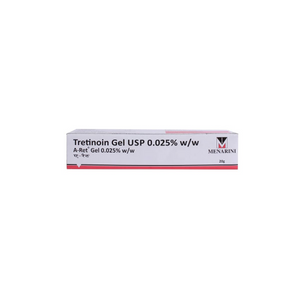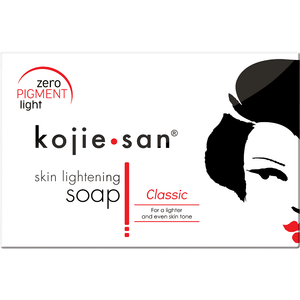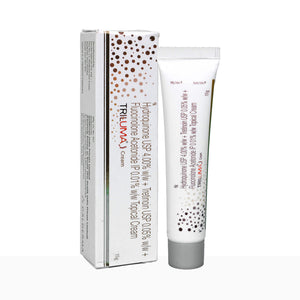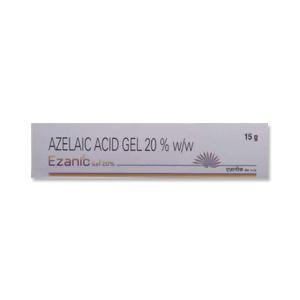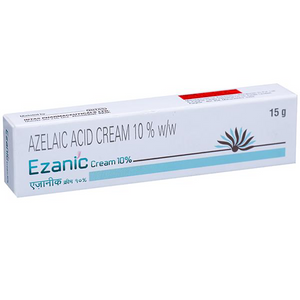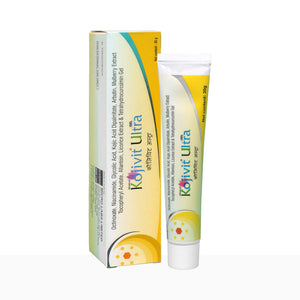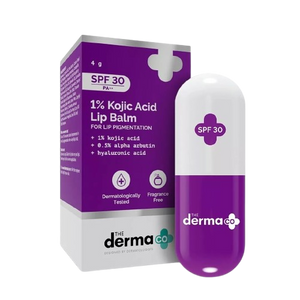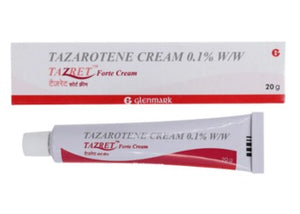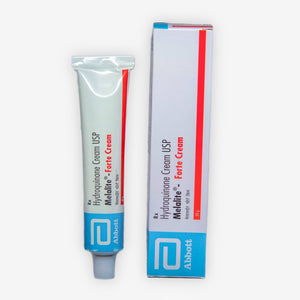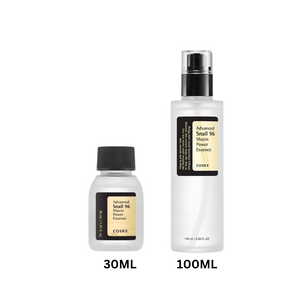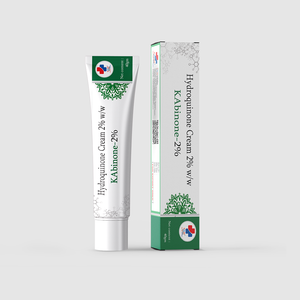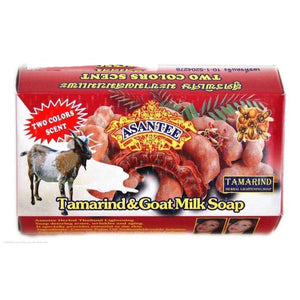Anthony Lee - Jan 01 2020
Dealing with dry, dehydrated skin? Don’t despair. There’s a skin care routine for that!
Maybe your skin feels tight, scaly, flaky, or a combination of all three.
We’ve got you covered.
The following skin care routine and recommendations for dry skin can leave your skin happy, hydrated, and glowing.
Dry skin causes
According to a 2020 study, a consistent skin care regimen can lead to measurable changes in dry skin.
Dry skin can be uncomfortable and is usually marked by scaling, itching, and cracking. While dry skin commonly affects the hands, arms, and legs, it can affect any part of the body.
There are several causes of dry skin. These include:
- environment
- hard water
- genetics
- excessive washing
- exposure to irritants
- medical conditions, like hypothyroidism or diabetes
These factors can be mostly classified into two categories,
“Dry skin causes can be classified as internal or external, and the easiest to address are the external factors,” says Sparks.
These include factors like:
- humidity
- bathing habits
- use of harsh soaps
Dry skin, flakiness, and cracked lips may be due to a vitamin B deficiency.
A deficiency in B vitamins “will also make you more sensitive to certain skin care products and sunlight,” she says.
Talk with your healthcare professional about taking a vitamin B complex supplement.
Best skin care routine for dry skin on face
While the causes may differ, anyone can practice a skin routine for dry skin that will be to their benefit.
As skin dries, it shrinks and causes cracks, which can get deep, painful, and even start to bleed. Cracks allow germs and bacteria to enter the body, which can potentially lead to a skin infection
When it comes to a skin care routine for dry skin, keep the five steps listed below in mind:
- Cleanse with a hydrating cleanser that doesn’t disrupt the outer skin layer.
- Tone with an alcohol-free toner to restore skin pH.
- Target specific skin concerns with a serum.
- Moisturize with a nourishing, noncomedogenic moisturizer to lock in hydration.
- Protect from harmful UV rays to prevent sun damage.
Cleanse
Your first step is to choose a hydrating cleanser. You want a cleanser to remove dirt and oil without causing a disruption to the outer skin layer.
A good ingredient to look for is hyaluronic acid, as in CeraVe’s Hydrating Facial Cleanser.
Tone
Many toners use alcohol as a main ingredient, which dries out the skin. Look for an alcohol-free toner with active ingredients that restore the pH levels of your skin.
A great option is Biore Clarifying Witch Hazel Toner,.
Target
This step helps to target specific skin concerns. Focus on hydration with a pure hyaluronic acid serum such as The Ordinary Hylauronic Acid 2% + B5.
Moisturize
A good moisturizer will lock in the benefits of a serum. Use a moisturizer daily that’s specifically designed for the face.
Protect
Daily sunscreen use prevents harmful UV rays from damaging the skin.
“I recommend wearing sunscreen to protect your skin from harsh UV rays regardless of your skin type. For sunscreen, I like La Roche-Posay Anthelios Ultra-Light Invisible Fluid Sun Cream
Lower cost options include Neutrogena Hydro Boost Water Gel Moisturiser for Normal to Combination Skin
How to use your blog to sell

Many companies spend lots of resources and effort to create a blog that supports their business, particularly the sales process. Yet many corporate bloggers complain that while blogs contain relevant information and attract visitors, they can’t track how their blog has influenced sales. Social media has raised customers’ expectations about the information they need before they purchase. If your blog content is relevant to prospects’ and customers’ needs before and after purchase and your products deliver on their promise, you can convert your blog into a sales machine.
3 cs of using your blog to sell
Content. Provide useful, educational and entertaining content. Present information based on your product offering and customers’ problems or needs.
Context. While your end goal is to sell, consider the context of your blog posts. Here, you’re a tour guide through your firm’s extended offering – not an auctioneer. Your job is to show readers how to use your firm’s products.
Commerce. Once you’ve given your readers useful information in a meaningful setting, they may be interested in actually plunking down their credit card. Unfortunately, here’s where many business blogs stop. Blog editors, familiar with their company’s e-commerce site and how to find specific products, can assume readers innately know how to find the product or have the motivation to track it down. Don’t get me wrong. Some very small percentage of prospects will to go extreme efforts to find the product. Unfortunately, the rest will just leave or worse go to your competitor.
Ways to convert your traffic to sales
To make your blog an effective sales machine, integrate your product into your content in a way that doesn’t scream BUY, BUY, BUY. Here are five steps to provide relevant information and eye-candy to lure readers in and help convert blog posts to sales receipts.
Provide useful, relevant information. Show prospects how to use your product, give them instructions or how-tos, and/or entertain them.

Showing making procedure is a good way to guarantee product quality
Include a variety of different forms of content. Photographs and videos are particularly important because readers tend to be visual and want to see your product in action.


Get customer attention by clean visual and video
Make it easy to buy by eliminating stumbling blocks to purchase. Don’t assume customers know which item you’re talking about in your post. Provide a link directly to the product page or just link the product to your blog so they can buy if they want. If it relevant give readers more than one way to get to the product.
Article credit : Heidi Cohen ( https://heidicohen.com/use-blog-to-sell/ )
